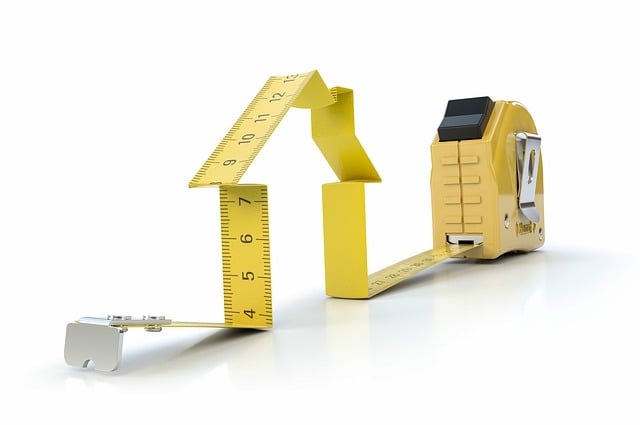What Is A ‘Slipped Disc’?
You may have heard the term ‘slipped disc’ but this is a rather inaccurate term, as discs actually cannot slip out of place. The discs are firmly attached to the vertebrae. They can wear, split or herniate, but they can’t slip! The normal, healthy disc is very strong. It is stronger than the vertebrae itself. If you have a compression injury in a healthy spine it is more likely to cause a fracture of the vertebrae rather than a disc injury.
Over time as the disc undergoes wear and tear, following cumulative strain from repeated bending, twisting, lifting and carrying things on your head, the strong fibres of the annulus can tear, allowing ‘leakage’ of the nucleus out of the centre of the disc. This is known as a disc herniation. This ‘leaked’ material may then cause an inflammatory reaction and sometimes put pressure on the spinal nerve that runs next to the disc, resulting in arm pain or pain in the shoulder blade, if it affects the discs in the neck. It causes leg pain or sciatica if it affects the discs in the lower back.
You can also get pain from the disc even if there is no herniation, just ‘internal’ damage, but then you are less likely to get the typical signs. And just to complicate things, you can also have no arm pain in some cases, even if you have a herniation, which we explain later on this page.
A disc herniation or slipped disc is thankfully a relatively rare condition, which gives very specific symptoms.
Signs And Symptoms Of Cervical Disc Herniation
It usually causes pain radiating to the shoulder blade and down the arm, but not always. If it affects the nerves, it is also associated with pins and needles, numbness, tingling and weakness in the arm and hand.
When the chiropractor examines you we would expect to find neurological changes with at least one of the following findings, positive nerve tension tests, changes in the neurological examination, such as reflex changes, weakness and reduced sensation.
Signs Of A ‘Silent’ Disc Injury
But you can also have a ‘silent’ disc injury were just the outside of the disc is damaged, so-called annular tear, and that does not give any neurological signs and symptoms.
Sometimes You Don’t Get Arm Pain
Disc herniation means that the inside of the disc, the nucleus, is leaking out or protruding and cause symptoms as described earlier. But strangely enough, you can also have a herniation without these symptoms and that is because there is no inflammation around the nerve.
The nucleus is normally not in contact with your immune system but as soon as it leaks out there is an immune reaction which triggers inflammation. The degree of inflammation that develops depends from person to person, so you might not have any inflammation in which case you are unlikely to get all the symptoms, not even pain in your arm.
That is why it is important to deal with the inflammation as well as having chiropractic treatment. The sooner the inflammation settles, the sooner the symptoms disappear. Low-level laser therapy is a great help for inflammation.
Causes Of Cervical Disc Herniation
Disc injuries are caused by a gradual weakening of the structure surrounding the annulus.
The normal, healthy disc is very strong. It is stronger than the vertebrae itself. Over time as the disc undergoes wear and tear, following cumulative strain from repeated activities such as bending, twisting, lifting and carrying things on your head, the strong fibres of the annulus can tear, allowing ‘leakage’ of the nucleus out of the centre of the disc.
Chiropractic Treatment
Chiropractors do treat disc herniations and many scientific studies have shown that a high proportion of patients find relief with this kind of treatment. It has also been shown that Chiropractic treatment is superior to the application of heat, exercises, postural education and also conventional physiotherapy.
A study published in the very prestigious scientific journal, Spine, in 2006 showed excellent results of Chiropractic manipulation in the treatment of disc injuries and sciatica! If you are interested in research read this.
At the Isis Clinics, we use a combination of highly specific manual techniques, followed by a rehabilitation exercise programme, utilising our on-site gym, following tried and tested methods.
Surgery should only be an option if you do not improve with other care, or if there is an urgent need to do so, for example, if you have compression of the spinal cord causing central stenosis.
How long will it take to get better?
Your Chiropractor will discuss with you the frequency of visits required for treatment. The healing process takes time and varies from person to person, often depending on the severity of the condition and the history of the complaint.
However, how active and compliant you are in your own treatment will influence your recovery time.




